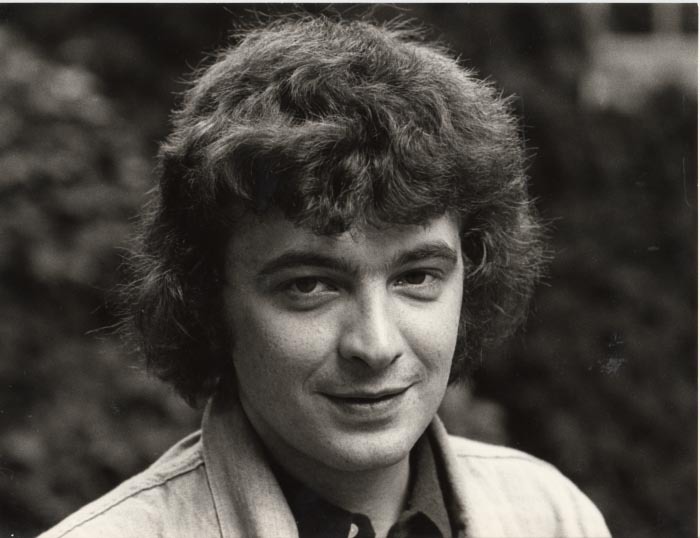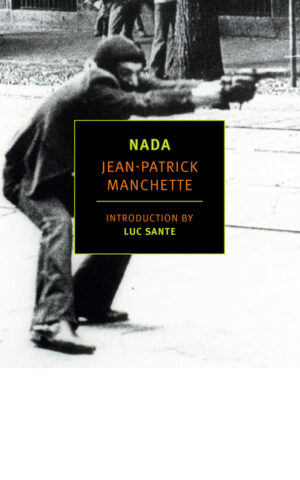Inspired by the works of Dashiell Hammett, No Room at the Morgue is Jean-Patrick Manchette’s unparalleled take on the private eye novel — fierce, politically inflected, and finely rendered by the haunting, pitch-black prose for which the author is famed.
No Room at the Morgue came out after Jean-Patrick Manchette had transformed French crime fiction with such brilliantly plotted, politically charged, unrelentingly violent tales as
Nada and
The Mad and the Bad. Here, inspired by his love of Dashiell Hammett, Manchette introduces Eugene Tarpon, private eye, a sometime cop who has set up shop after being kicked off the force for accidentally killing a political demonstrator. Months have passed, and Tarpon desultorily tries to keep in shape while drinking all the time. No one has shown up at the door of his office in the midst of the market district of Les Halles. Then the bell rings and a beautiful woman bursts in, her hands dripping blood. It’s Memphis Charles, her roommate’s throat has been cut, and Memphis can’t go to the police because they’ll only suspect her. Can Tarpon help?
Well, somehow he can’t help trying. Soon bodies mount, and the craziness only grows.
-
Hi, I'm Jean-Patrick Manchette
Jean-Patrick Manchette (December 19, 1942, Marseille – June 3, 1995, Paris) was a French crime novelist credited with reinventing and reinvigorating the genre. He wrote ten short novels in the 1970s and early 80s, and is widely recognized as the foremost French crime fiction author of that time. His stories are violent, existentialist explorations of the human condition and French society. Jazz saxophonist and screenwriter, Manchette was also a left-wing activist infl






